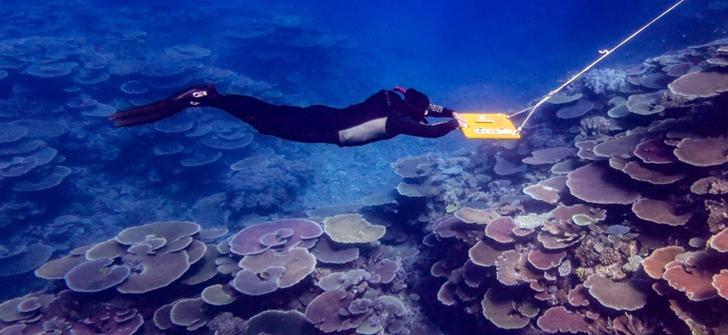How Far is ROV Away from Us?
Author: Muyao Zhang
The advantages of modern ROVs, such as their quickness to assemble, minimal maintenance, extended underwater operating time, easiness to manipulate and control, dexterity in confined areas, etc., intrigue me to explore their applications in our everyday life. Broadly speaking, the wide usage of underwater ROVs benefit many industries such as aquaculture, commercial and salvage diving, municipal infrastructure, military, ocean science, and energy.
As we live in Down Under and are proud of the Great Barrier Reef (GBR) which is part of Australia’s national identity as well as the heritage of Australia’s First Nations people, the potential of the usage of ROVs (Remotely Operated Vehicles) in the preservation of the GBR represents an exciting opportunity.

Image 1: Great Barrier Reef (GBR) (Source: https://www.aims.gov.au/)
So, what is the status quo? Sadly, over recent years, the worsening climate change has put the existence of GBR and numerous animals that depend on it under severe threat. According to the Annual Summary Report of Coral Reef Condition 2022/23 issued by the Australian Institute of Marine Science, recent coral recovery is experiencing a pause across the GBR, and the increasing frequency and spatial extent of mass bleaching is significantly damaging the state of the reefs.

Image 2: Annual Summary Report of Coral Reef Condition 2022/23 (Source: AMIS)
Meanwhile, recent advances in machine learning and artificial intelligence enable fast, sophisticated analysis of visual data in ocean research. For example, Monterey Bay Aquarium Research Institute in the US launched a pilot program using FathomNet-trained machine-learning models to annotate video captured by ROVs. It has been proven that using AI algorithms has reduced human effort by 81 percent and increased the labelling rate tenfold.
I think this is where our opportunity takes us from…





Leave a Reply